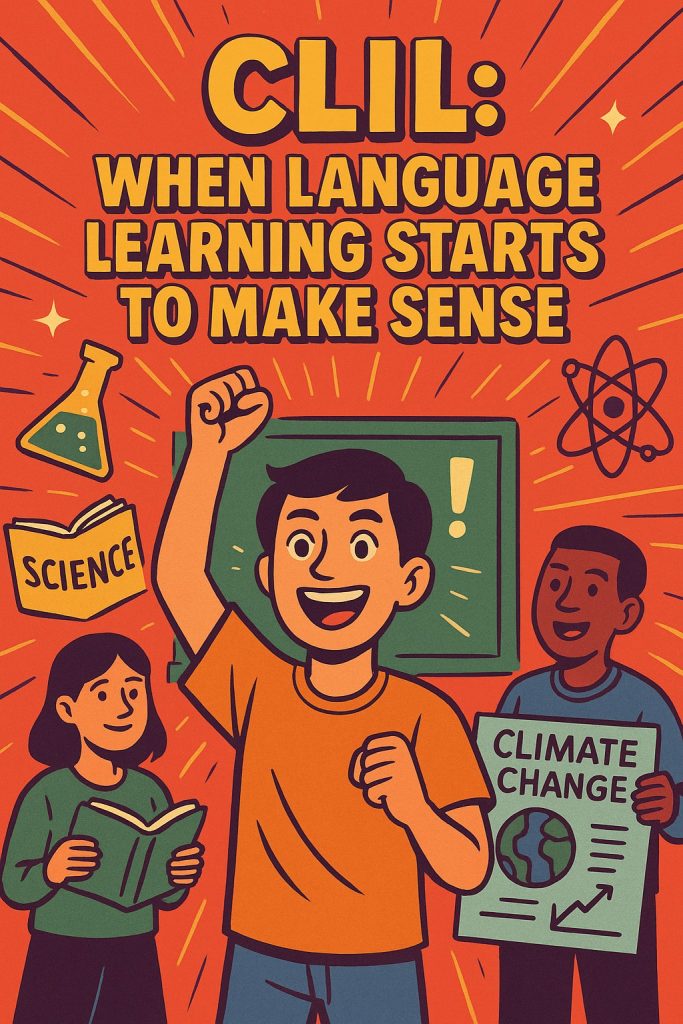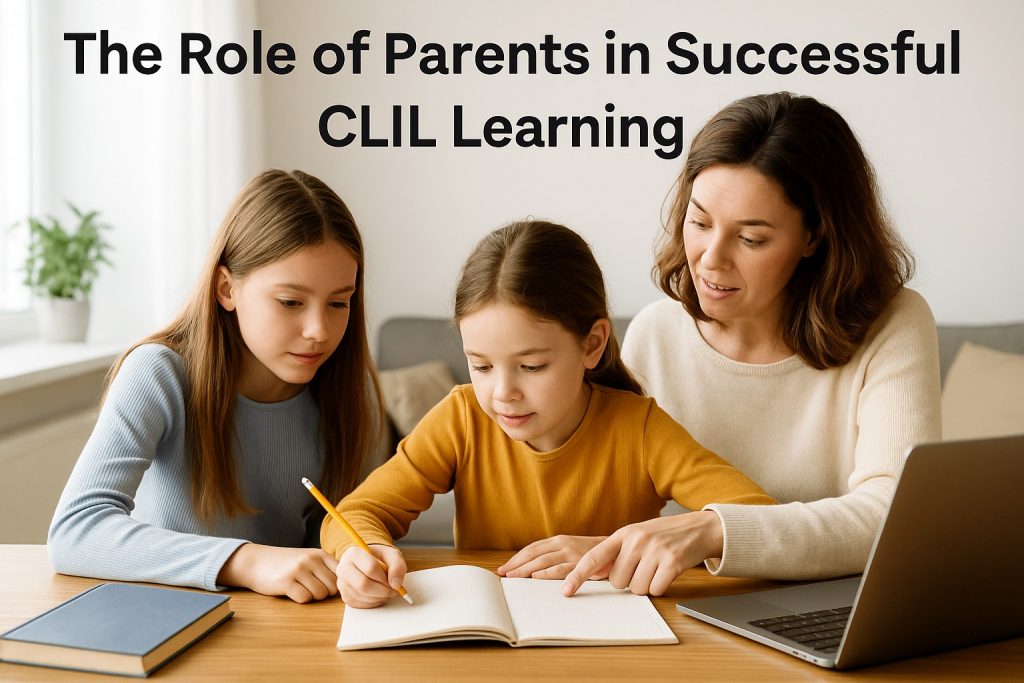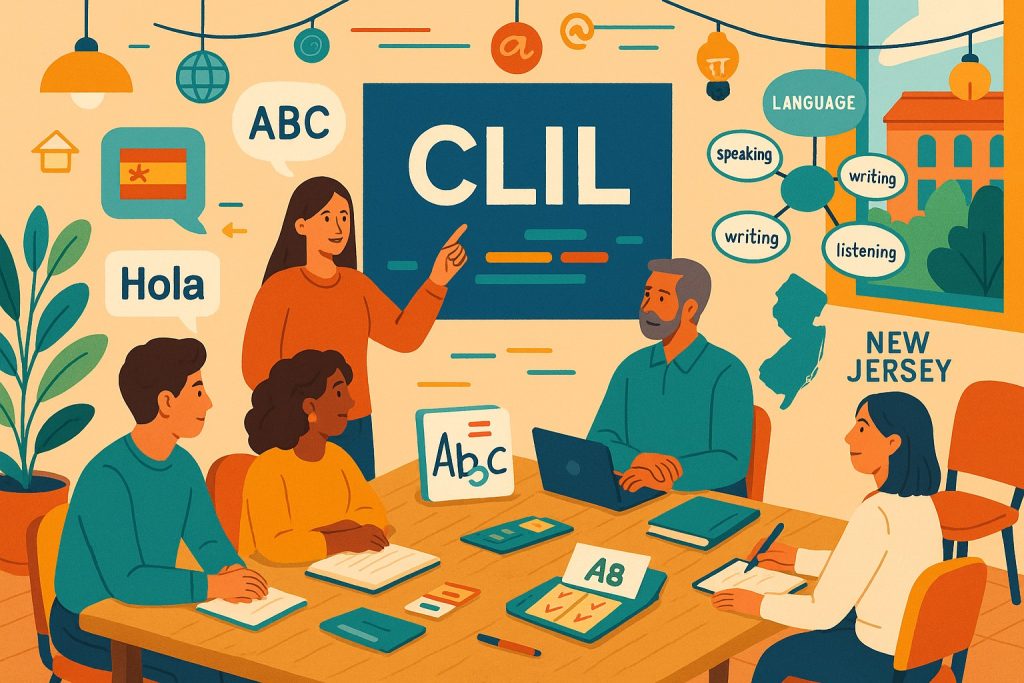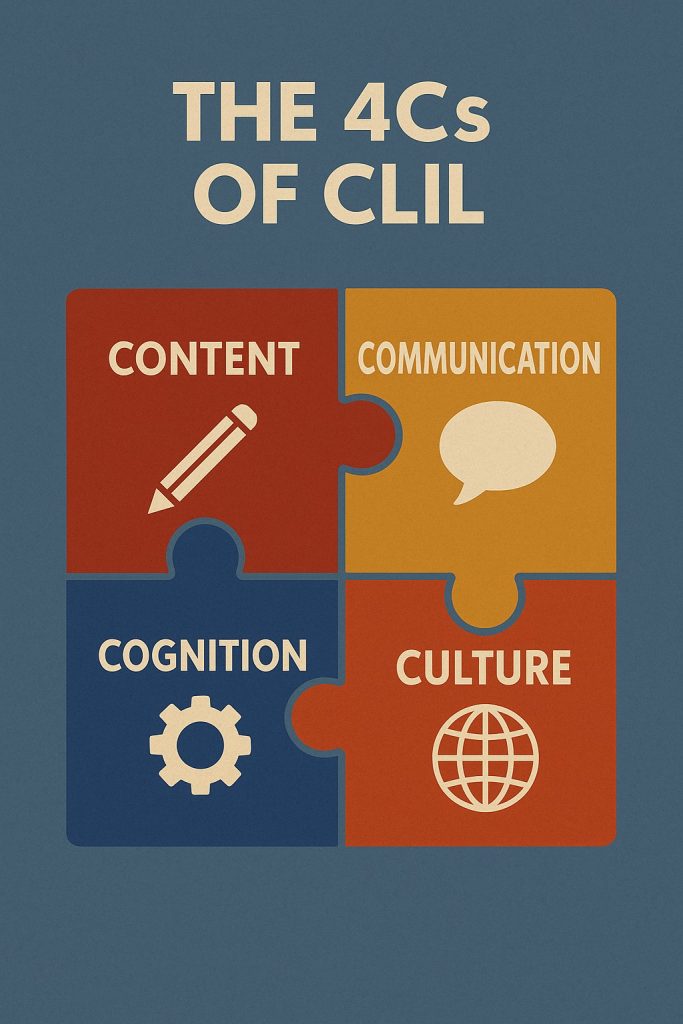
One of the biggest reasons teachers and schools turn to CLIL (Content and Language Integrated Learning) is simple: it makes students want to learn. So often, traditional language lessons feel dry because they treat language like a puzzle of rules to memorize. But in real life, language is a living tool—it helps us explain, ask questions, work with others. CLIL brings that to the classroom.









